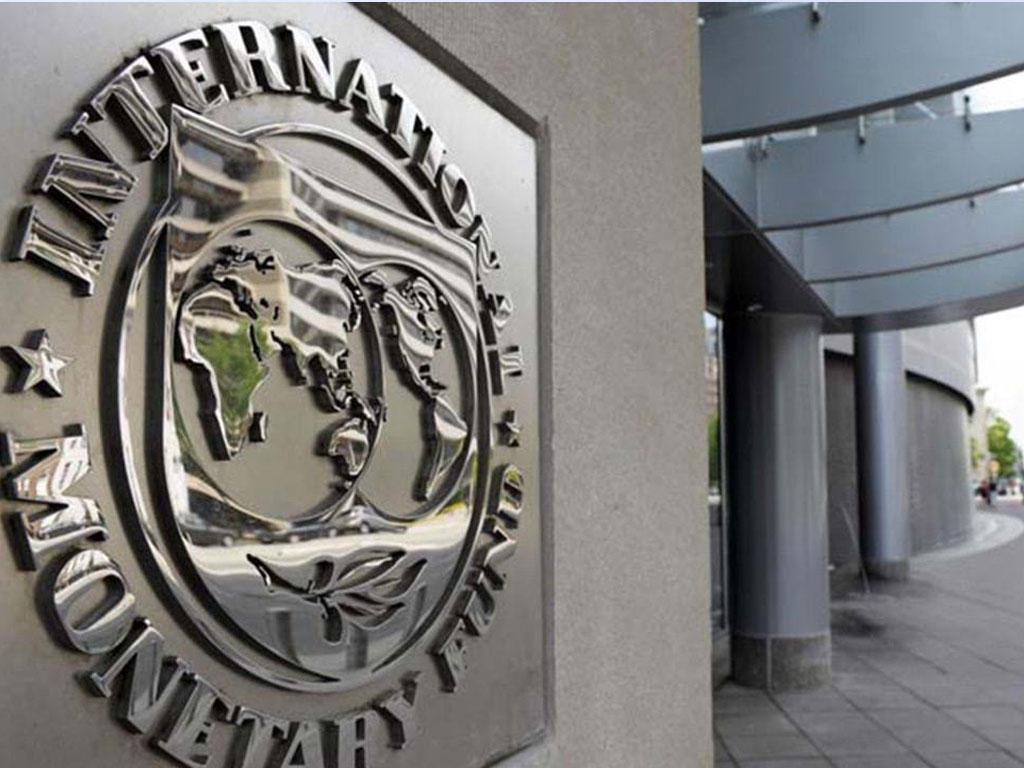IMF programme Conditions

The International Monetary Fund released its staff report on Pakistan's request for an extended arrangement under the Extended Fund Facility (EFF) where it notes "Staff does not recommend temporary approval of two exchange restrictions because the criteria for approval are not met." This must be viewed in the context of Pakistan's continuing balance of payments problems and the government's commitment in its Letter of Intent to "phase out the administrative measures imposed to support the balance of payments" specifically those relating to regulatory duties on imported intermediate, consumer and luxury goods as well as import restrictions for balance of payments purposes and multiple currency practices in the form of (i) a requirement to fully pre-fund letters of credit imposed in 2017; and (ii) restrictions on advance payments for imports against letters of credit which are subject to approval of Article VIII of the IMF's Articles of Agreement that stipulates no member shall, without the approval of the Fund, impose restrictions on the making of payments and transfers of current international transactions." In other words, the imposed measures would be withdrawn as and when Pakistan's balance of payment situation stabilises.
Prior actions, as per the Fund, consist of State Bank of Pakistan's move "towards a flexible market-determined exchange rate with a focus on price stability and interventions limited to safeguarding financial stability, and preventing disorderly market conditions". This was clarified by Governor SBP soon after he took office that "if there is excessive volatility...or special pressures, the SBP intervenes. And we will continue to do so to make sure that there isn't excessive volatility or 'disorderly market conditions', as economists say." This is considered necessary given that Pakistan's foreign exchange market is thin and susceptible to manipulation by big players. The SBP's focus on reducing the inflation, a standard responsibility of central banks, may not have too much of a beneficial impact on the low income to middle income levels (ineligible for Ehsaas programme) for the simple reason that the bulk of their earnings are used for food, rent and electricity which constitute less than half of the weights assigned in calculating the consumer price index.
The IMF appears to be more focused on the revenue side rather than on curtailing expenditure. The budget which the staff report claims starts with the adoption of "a decisive fiscal consolidation to reduce public debt and build resilience" is targeted for a "sharp reduction of the fiscal and quasi fiscal deficits through a multi-year revenue mobilisation effort aimed at generating 4 to 5 percentage points of GDP in additional tax revenue, and a strategy for cost recovery in energy and State-Owned Enterprises (SOEs)." Clearly, the focus of the programme is on reducing the quasi fiscal imbalance (energy sector) through raise in tariffs and reduction in theft rather than on reducing the budget deficit.
The budget balance, including grants, as per the data shared on key macroeconomic projections, is negative 6.8 percent in 2018-19 and negative 7.1 percent in the current year. The focus on revenue rather than on expenditure cuts constitutes more than half of the programme risks including "fiscal slippages and resistance to some of the fiscal measures could undermine the programme's fiscal consolidation strategy thus putting debt sustainability at risk." At present, the specific sectors affected by the 'fiscal consolidation policy' are threatening closures/strike action, however, as the full impact of these measures begins to be transferred onto the end consumers as well as the impact of higher tariffs (particularly electricity and gas) further erode the value of each rupee earned. There is apprehension that the socio-economic fabric of this country may not be able to withstand the IMF programme for the next year leave alone 39 months. The government and the Fund are at pains to refer to the higher social spending as mitigating measures. However, the Benazir Income Support Programme (BISP) (that had support from other multilaterals including the World Bank), the major component of the Ehsaas programme, was allocated 118 billion rupees last year and even a doubling of this amount is unlikely to make too much of a difference.
Contrary to claims by the government, the budget 2019-20 is not an austerity budget as it envisages: (i) a rise in total current expenditure to 7.28 trillion rupees against 5.589 trillion rupees as per the revised estimates of last year - a massive rise of 30 percent. However, if one discounts allocation for Ehsaas programme of around 200 billion rupees that is listed under current expenditure though Benazir Income Support Programme, the major component of Ehsaas, was in previous years, credited under development expenditure outside the public sector development programme, the actual rise in current expenditure is 27 percent as compared to the year before; and (ii) a rise in federal development expenditure to 701 billion rupees this year compared to 500 billion rupees according to the revised estimates of last year - a rise of nearly 29 percent. This is not an austerity budget but the question is would the rise in government spending stem the decline in output that the IMF and the Ministry of Finance have projected in the current year - from 3.3 percent last year to 2.4 percent this year?
To conclude, the IMF programme acknowledges stagflation in the current year - high inflation of 13 percent and low GDP of 2.4 percent - and with a projected credit decline due to higher cost of borrowing there would be a reduction in employment opportunities that would further fuel public discontent.




























Comments
Comments are closed.